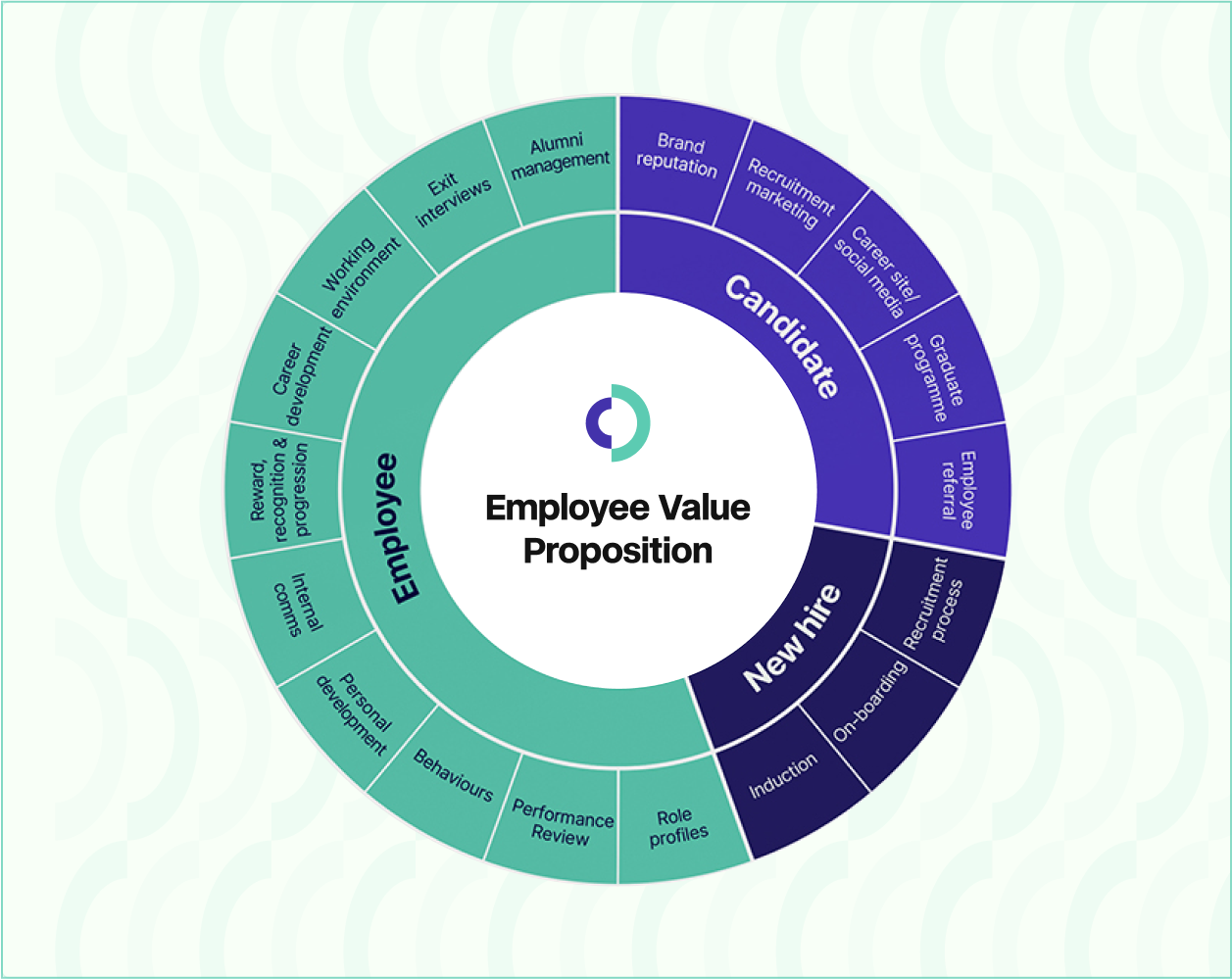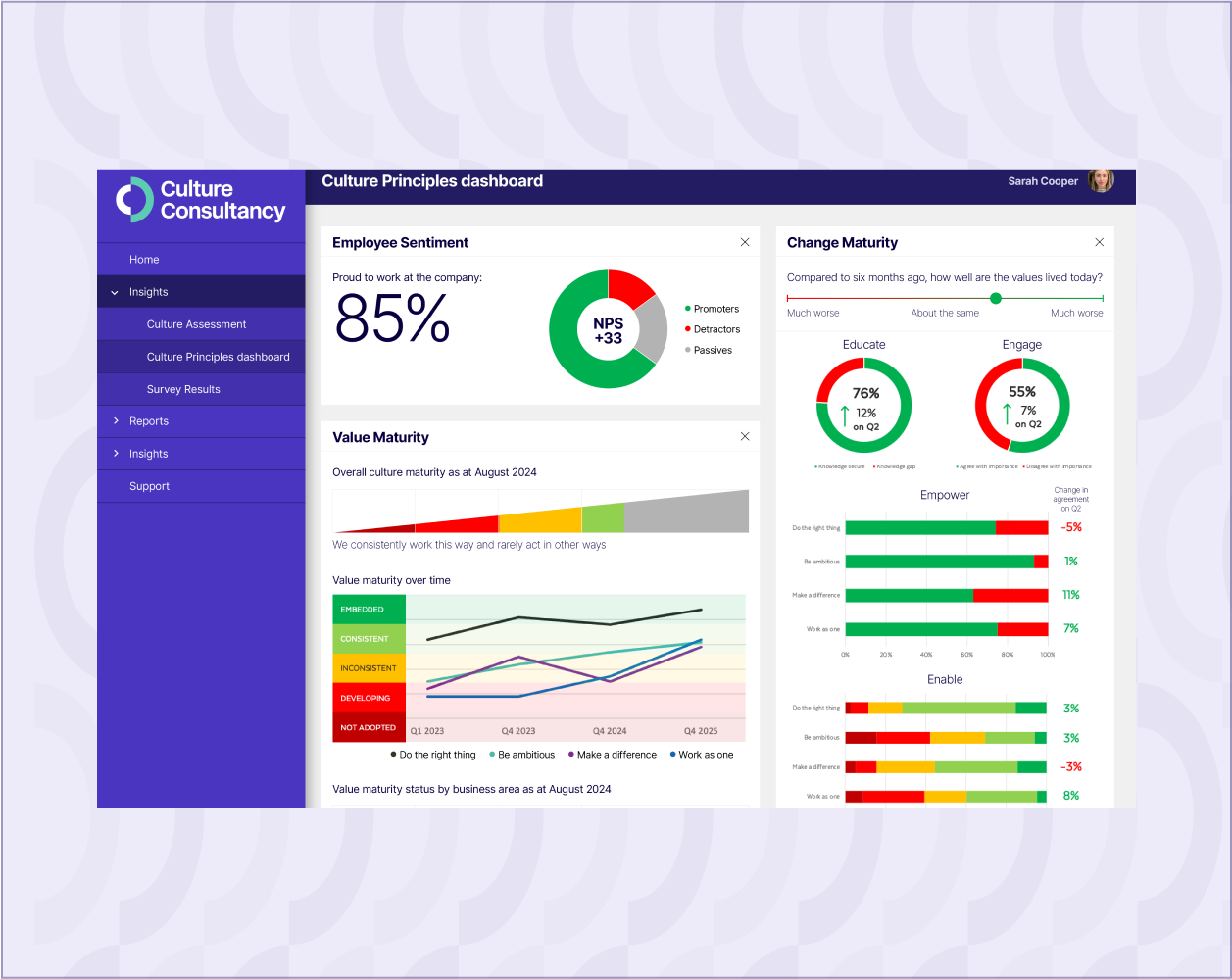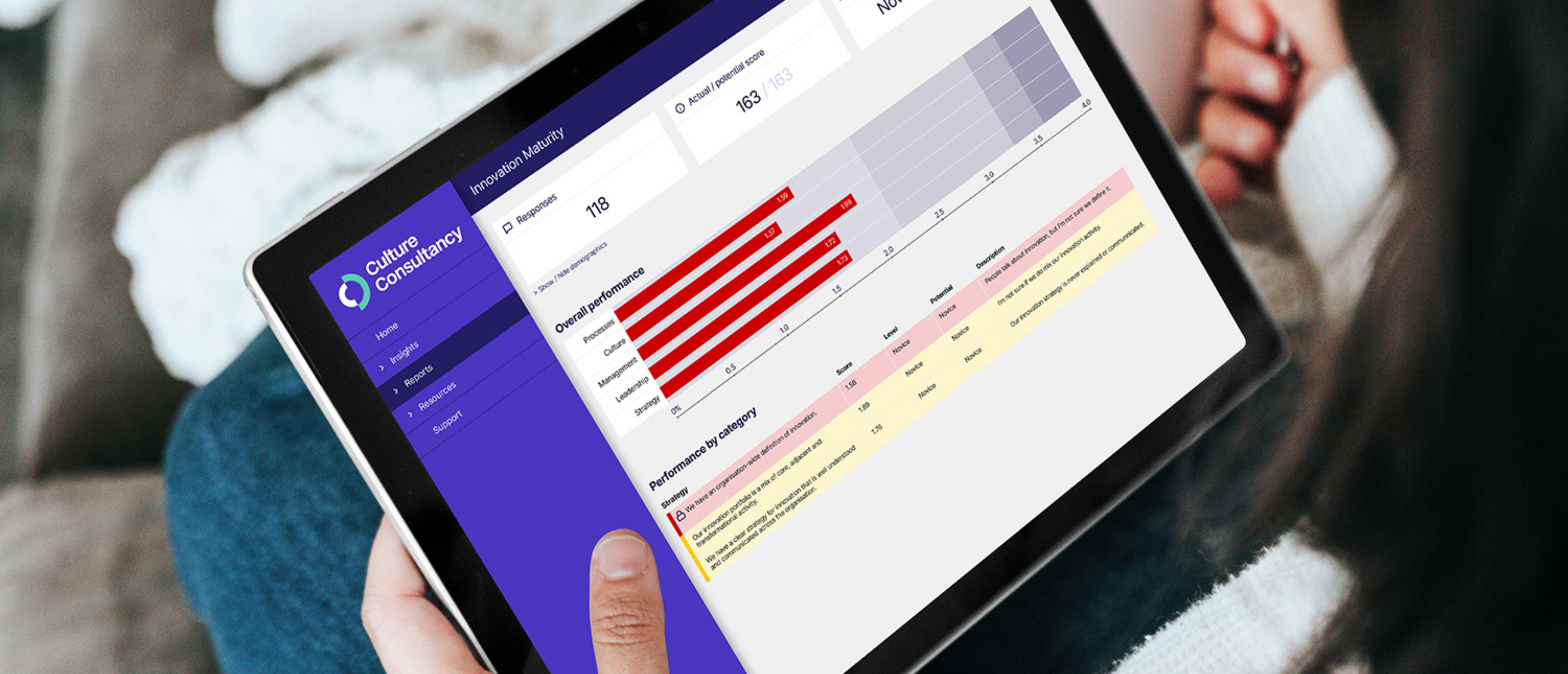Case study - innovation
Our client was one of the largest mobile carriers in ASEAN, with an annual revenue above $9 billion and a headcount of 25,000 employees spread across multiple national sites.
When we started working with them, they were working on transforming to become a digital telecommunication company and implement a new customer-oriented business and company operational strategy. The aim was to make the organisation leaner and more able to adapt to the fast-changing nature of the industry, as well as deliver a higher quality customer experience.
To achieve this, they had recently created a centralised corporate innovation lab to build digital products and augment the group’s digital capabilities.
more likely to recommend MAB as a place to work
improvement to communication (internal NPS)
of employees feel they fully understand the Mission, Vision and DNA
at the Business Culture Leadership Award
With their innovation lab set up, the client was already well on their innovation journey. But they wanted to continue improving and therefore needed to know what their current innovation blockers were, how mature their innovation capability was relative to the industry and how to develop an improvement roadmap for their innovation-led culture.
As a massive organisation, they also needed an external innovation consultancy with experience working on innovation maturity to make sure they got a clear, unbiased perspective across both the organisation as a whole and its individual business units.
MAB was already driving a tech-led change programme to simplify the customer and adviser journey. But the leadership team knew that without a unifying culture, the transformation risked stalling.
Nunc sed faucibus bibendum feugiat sed interdum. Ipsum egestas condimentum mi massa. In tincidunt pharetra consectetur sed duis facilisis metus. Etiam egestas in nec sed et. Quis lobortis at sit dictum eget nibh tortor commodo cursus.
Odio felis sagittis, morbi feugiat tortor vitae feugiat fusce aliquet. Nam elementum urna nisi aliquet erat dolor enim. Ornare id morbi eget ipsum. Aliquam senectus neque ut id eget consectetur dictum. Donec posuere pharetra odio consequat scelerisque et, nunc tortor. Nulla adipiscing erat a erat. Condimentum lorem posuere gravida enim posuere cursus diam.


As the goal behind assessing the client’s innovation capabilities was to help them improve, we agreed on three main deliverables that could help draw that path forward:

Delivered through our award-winning 3-stage methodology:
We began the project by deploying our proprietary software, the Assessment for Innovation Maturity (AIM). AIM helps leaders tackle the challenge of driving growth through innovation by not only pinpointing the current state but defining the specific areas of focus for the strategic drive to increase innovation capability and culture.
Over a period of 6 weeks, over 1300 employees selected at random from across the organisation completed our assessment. Using AIM, we were able to hone in on the current innovation blockers these employees were facing day to day and the impact they were having on the organisation’s innovation strategy.
Breaking things down even further, we also used the assessment to look at the client’s innovation maturity in five pillar areas: Strategy, Leadership, Management, Culture and Process. This also applied to the report on their innovation blockers, as we used the data to identify which blocker corresponded to which pillar.
After presenting our report to the client’s senior leadership team, we then facilitated a workshop to go through the blockers that we had identified and prioritise them. This was done using a two-axis system by looking at the impact they had on the organisation and the effort it would take to remove them.
Finally, we delivered a custom private URL so that the client could always return to the data gathered with AIM and continuously review their progress as they worked on removing blockers.
Developed MABology with clear DNA behaviours, leadership alignment, and a narrative connecting past, present and future.
Leaders were upskilled and supported through mentoring, and cultural metrics were introduced to track progress.
Following the innovation maturity assessment, the client has reported being much more effective at driving innovation in the workplace and deploying improvement initiatives. Using the data from the Innovation Maturity Report and the best practices suggested in the Improvement Report, they have been able to save resources by knowing exactly where to intervene and how.
For example, they have since moved away from company-wide generic training programs and run more precise upskilling schemes to specific employee groups.
As a company with majority state ownership, they were also able to serve as a reference for other companies in which the national government was a major stakeholder. Based on the experience gathered by measuring their own innovation maturity, they are now helping other companies in their cluster to measure their own innovation maturity and understand how to tackle their respective blockers.


“Combining the unbiased innovation maturity data and the comprehensive improvement report, we’ve been able to build a coherent and pragmatic transformation plan for improving our innovation system. Having access to clear examples, best practices and thought leaders’ opinions has allowed us to bridge the gap between where our innovation capabilities are today and where we need them to be in the future.”
South East Asia Telecom
Making
Complexity
Simple.